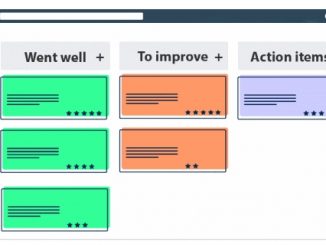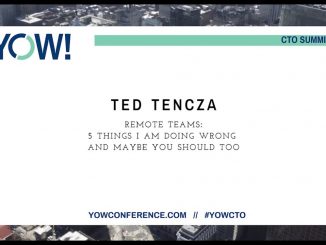Articles and videos on creating and managing cross-functional Scrum teams: scrum master, product owner and development team.
Reetro is an online agile retrospective tool. It simplifies the process of planning, managing and executing retrospectives for Scrum teams. Reetro offers a variety of features from very simple user experience, automation and analytics.
Its increasingly common that Agile software development teams are distributed across multiple offices, in different countries, all working remotely on the same product or project. But how do you make this work well? There seem to be a number of readily accepted tenants of conventional wisdom to help deal with leading distributed teams, from seeming good ideas “teams must be co-located” to ones that are purely economic “offshore teams can be run at a far lower cost”.
A Scrum team cannot deliver value without a good Product Owner. This is for me the most important role and it is not easy to keep an Agile balance between a long term business vision that could lead the team to success and the ability to adapt to change after receiving customer feedback. In this article, Zuzi Šochová shares a list of the most common mistakes made by Product Owners.
Reducing the time to create usable software with short Scrum sprints is a nice thing, but then how do you deliver it to the users? How can Agile developers who embrace changes work with system people who like stability? To answers these questions, Scrum.org and the DevOps Institute have produced a white paper titled “The Convergence of Scrum and DevOps”.
In this webinar, Anna Obukhova shares 4 practical tips that you can put into practice when working with tired or burnt out Agile and Scrum teams. A must watch for any coach working in a high-pressured team environment.
More asking, less telling. As an agile leader, you can adopt the approach of humble enquiry to build relationships, increase trust and collaboration, and deal with the challenges of organizational transformations for your Scrum team.
T-shaped skills is a metaphor used to describe people with deep vertical skills in a specialized area as well as broader but not necessarily deep skills in other areas. This is a base for cross-functional Scrum teams, but people can resist this. Learn why and what you can do to change this.








